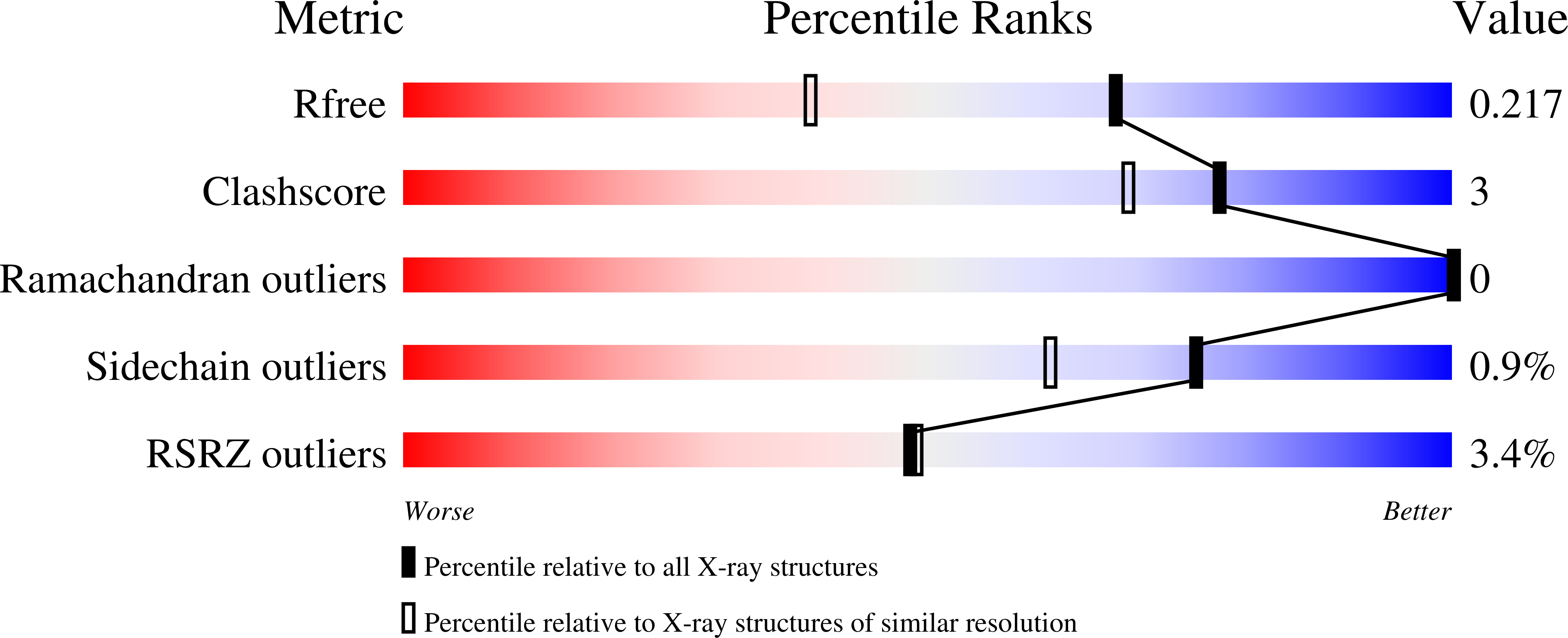
Deposition Date
2024-02-14
Release Date
2025-03-05
Last Version Date
2025-07-16
Entry Detail
PDB ID:
8S0V
Keywords:
Title:
Crystal structure of Cryptosporidium parvum - Trypanosoma cruzi mutant lysyl tRNA synthetase in complex with inhibitor
Biological Source:
Source Organism:
Cryptosporidium parvum Iowa (Taxon ID: 414452)
Host Organism:
Method Details:
Experimental Method:
Resolution:
1.60 Å
R-Value Free:
0.20
R-Value Work:
0.18
Space Group:
P 2 21 21


